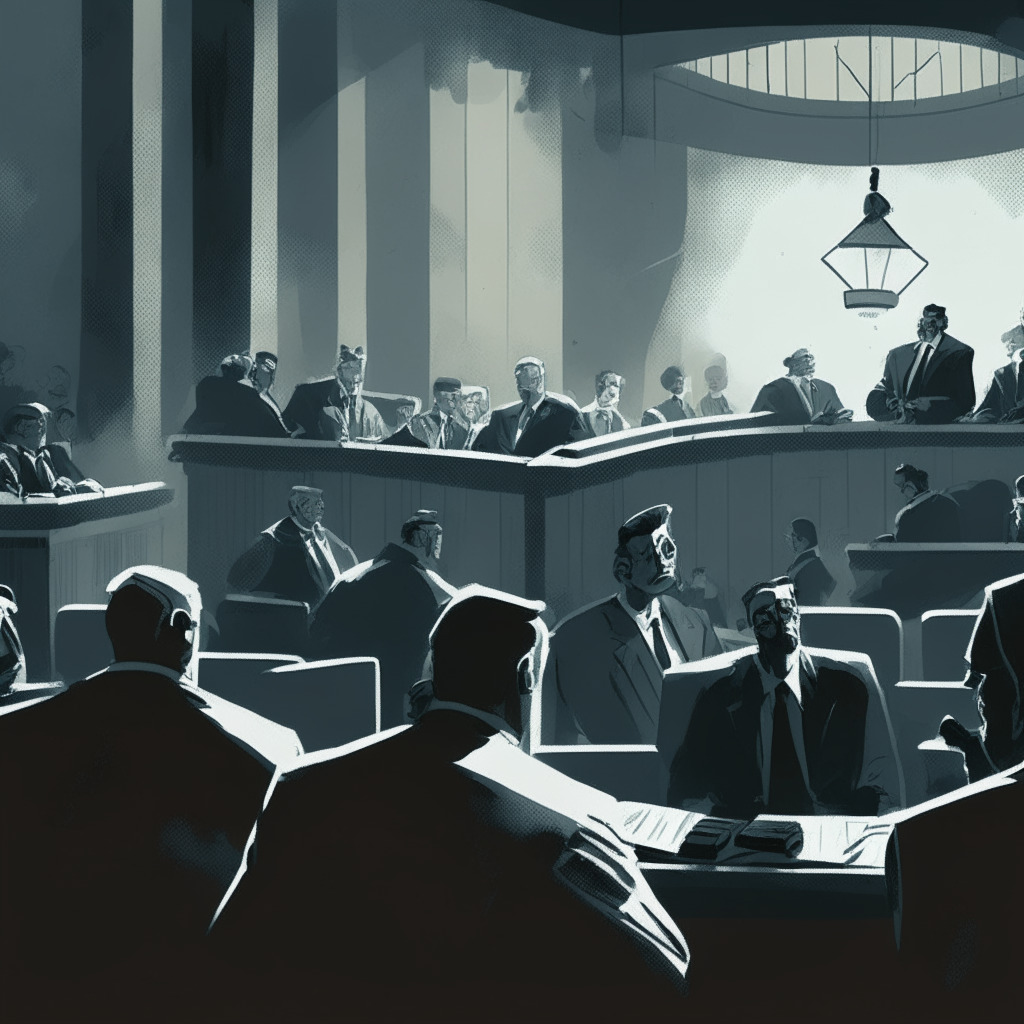In a recent move that underscores the contentious relationship existing between blockchain technologies and traditional regulatory bodies, one of the industry’s high-profile figures, Alex Mashinsky, has found his assets frozen by a US court. The development has occurred as part of the ongoing criminal charges against the former CEO of Celsius, a platform which was declared bankrupt in July 2022.
This month, in response to a motion from the United States Justice Department, a federal judge authorised the unsealing of a restraining order related to Mashinsky’s assets. As per the court order, key accounts at Goldman Sachs and Merrill Lynch, as well as multiple others held at First Republic Securities, SoFi Bank and SoFi Securities under Mashinsky’s name, were frozen.
In the same ruling, Mashinsky’s property in Austin, Texas, which he co-owns with his wife, Kristine, was also included in the asset freeze, clearly demonstrating the seriousness of the investigation.
While such legal measures reflect the potential risks facing those who cross paths with regulations in the emerging digital currency landscape, they also demonstrate the growing dedication of traditional legal systems in coping with the nuances of this rapidly evolving technology.
On one hand, freezing Mashinsky’s financial assets and properties indicates the increased scrutiny regulators are imposing on cryptospace, demonstrating an attempt to ensure accountability and protection of consumer rights. It is a move seen by some as necessary for the maturation and ultimate acceptance of cryptocurrencies in mainstream finance.
On the other hand, critics argue these high-profile regulatory interventions may stifle innovation and potentially deter investors, resulting in a slowdown of advancing blockchain technology. Therefore, the need for a more harmonious interplay between digital currencies and the traditional financial system becomes increasingly urgent as the scenario unfolds.
As the story continues to develop, attention will unavoidably centre more heavily on the ongoing dance between innovation and regulation in the blockchain industry. Whether this increasing tension will ultimately hinder or promote innovation in the technology remains to be seen.
Source: Cointelegraph




